Fossils
-
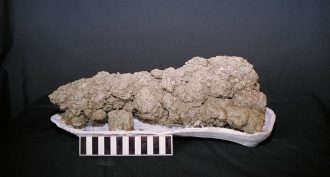 Fossils
FossilsScientists Say: Coprolite
Every living thing and signs of its existence — right down to their wastes — can fossilize under the right conditions. When poop fossilizes, it gets a special name.
-
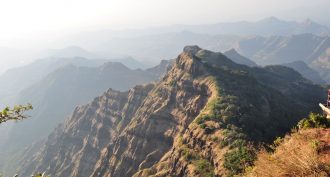 Fossils
FossilsDino double whammy
Most scientists think an asteroid helped kill off the dinosaurs. But new calculations suggest that asteroid might have gotten some help from a long series of volcanic eruptions in what is now India.
-
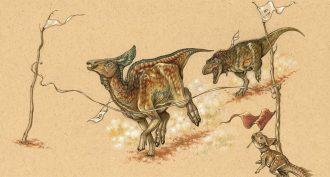 Fossils
FossilsDinos: Some were ‘marathoners’
The arrangement of major muscles in a duck-billed dinosaur’s legs would have helped them outrun predators such as T. rex, a new analysis suggests.
By Sid Perkins -
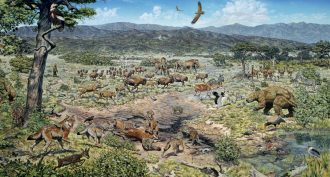 Fossils
FossilsTar pit clues provide ice age news
New analyses of insects and mammals trapped in the La Brea Tar Pits point to climate surprises during the last ice age.
By Sid Perkins -
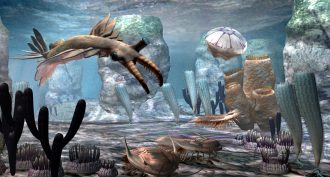 Earth
EarthWhen life exploded
Life exploded in diversity during the Cambrian Period. Experts are exploring what could account for this sudden change 540 million years ago.
By Beth Geiger -
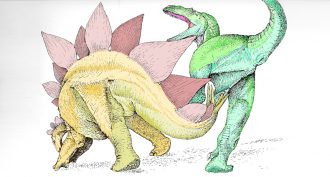 Fossils
FossilsSpiked tail to the rescue!
A stegosaur’s bony ‘armor’ didn’t just fend off a predator’s teeth. The tail spikes could gore attackers, ultimately killing them, fossils now show.
By Sid Perkins -
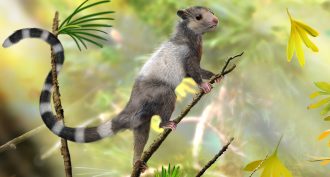 Fossils
FossilsEarly dino-era start for modern mammals
Fossils of an extinct group of rodent-sized mammals suggest they were related to modern mammals. These ancient remains push back the origin of mammals by many millions of years.
-
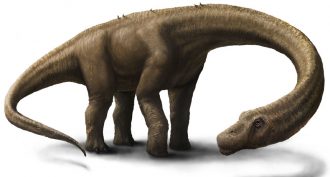 Fossils
FossilsBiggest dino ever?
This plant-eater would have towered over even a T. rex. A truly huge brute, Dreadnoughtus means ‘fear nothing.’
By Janet Raloff -
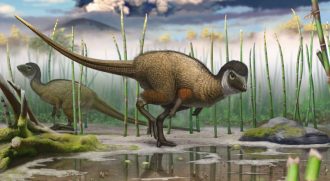 Fossils
FossilsFeathers: What every dino wore?
A dino discovery in Siberia suggests feathers were common among the ancient ‘lizards.’
-
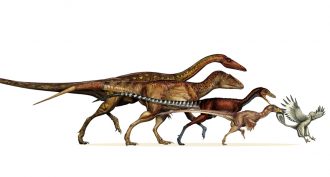 Fossils
FossilsDinos ‘quickly’ shrunk into birds
Scientists had long known birds descended from dinosaurs. A study now shows that the morphing from dinos into birds went along with a quick and steady shrinking of their body sizes.
-
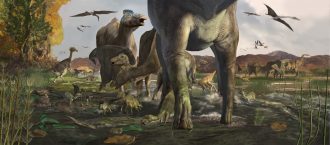 Fossils
FossilsSome Arctic dinos lived in herds
Fossil footprints retrieved from Alaska indicate that plant-eating duckbill dinos not only traveled as extended families but also spent their entire lives in the Arctic.
By Sid Perkins -
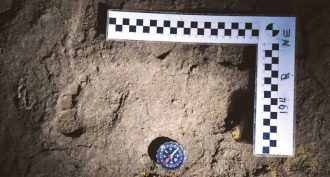 Fossils
FossilsNewly dated footprints: Oldest human tracks?
These footprints, found nearly a half-century ago, may be almost four times older than first thought, scientists now report.
By Bruce Bower